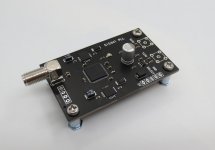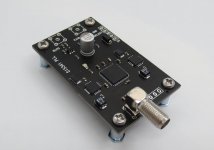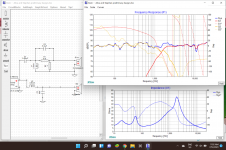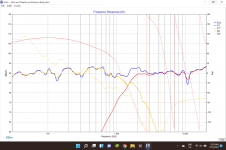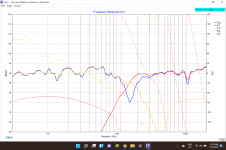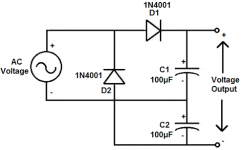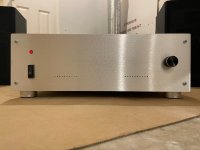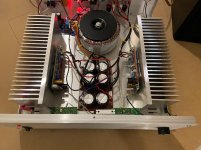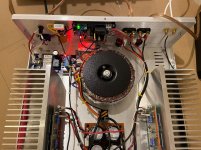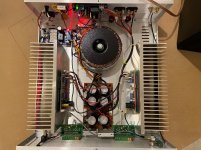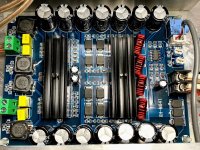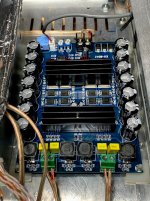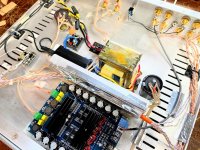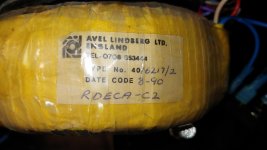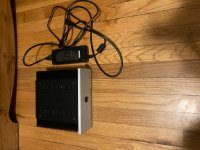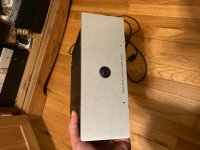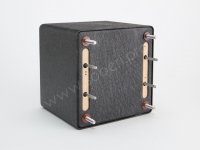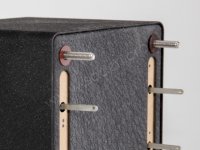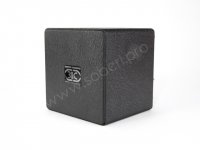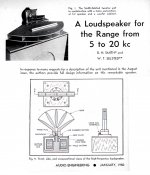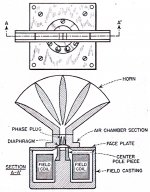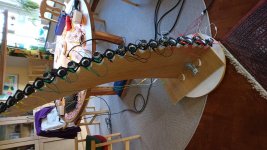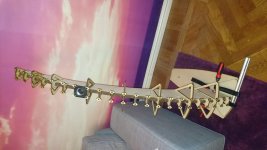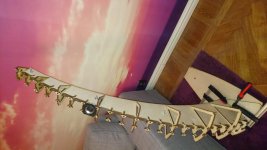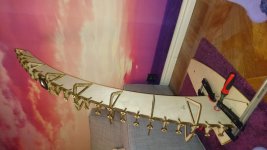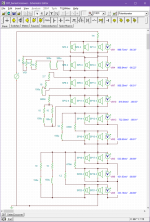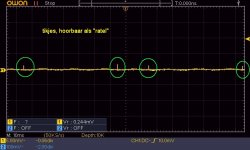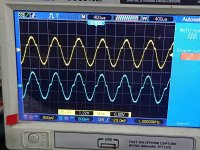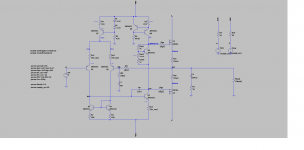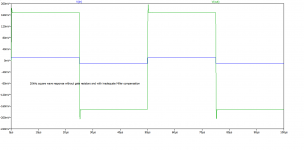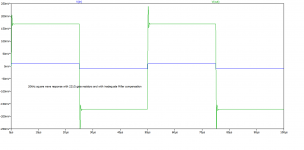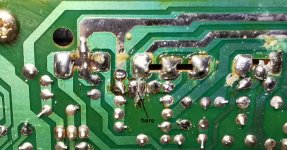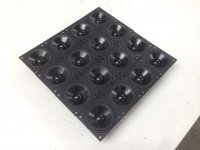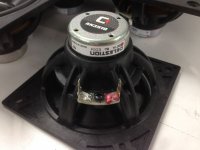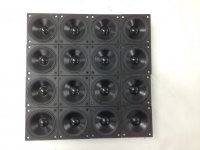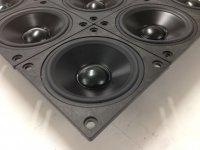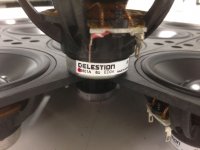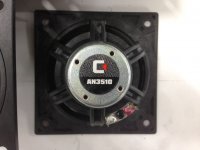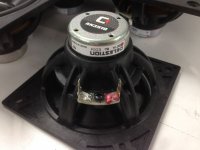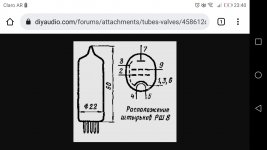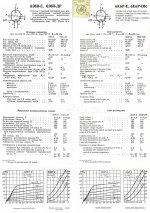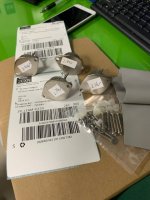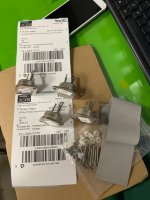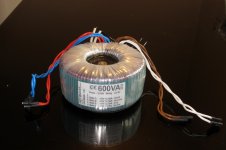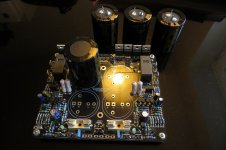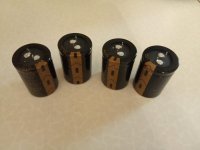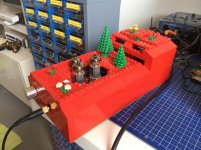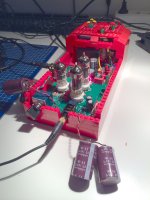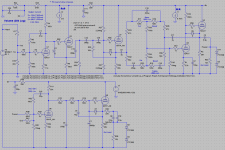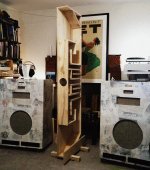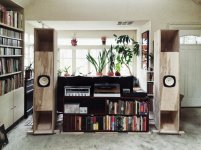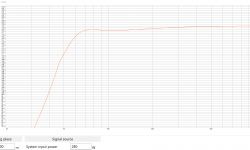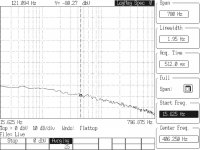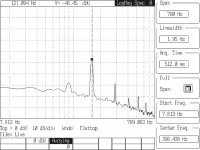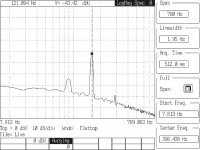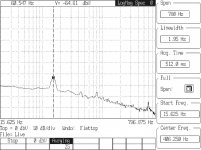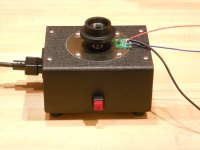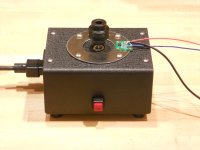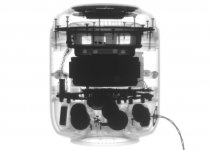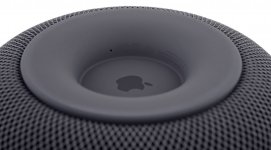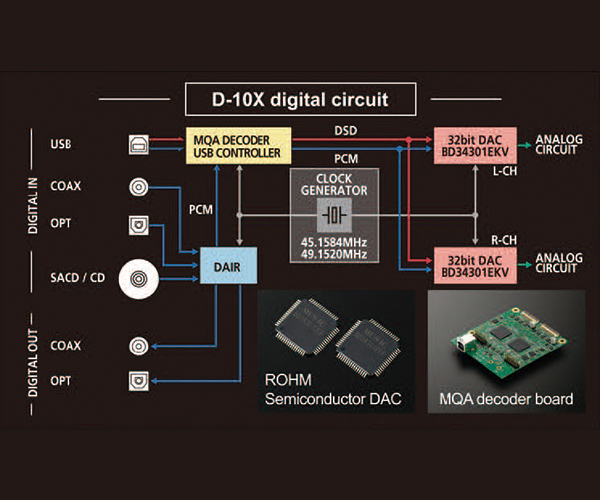With the UK live music scene comatose, I have chosen to create (yet another) portable system for myself and some others to enjoy as or when we can.
Below are the specifications with my current projection below:
1. Volume must fit inside a large backpack. Maximum 60L.
Fits in backpack, enclosure volume measured 57L
2. Weight must not exceed 10kg (excluding backpack itself)
Current complete mass estimate 9,5Kg
3. Weight distribution must allow full days hike
Check (good CoG/MoI)
4. Low extension F3 60Hz
Current F3 = 60Hz , F10 = 47Hz (winISD)
5. Simulation peak SPL to hit 116dB at peak, 110dB 50Hz
Current max SPL = 118dB (winISD), 50Hz = 110dB
6. Power distribution must be 90 horizontal x 70+ vertical. More the merrier.
Constant directivity horn supports this
7. No enclosure modes or resonances
Current modal analysis moves all fundamentals 400Hz+
7. Battery is to last 4hrs at full pelt, 12hrs at 100dB (sim)
Estimated life at full = 5.5hrs, 100dB = 22hrs.
8. DSP on board w/ missing fundamental
Check
Here is the current plan for the build:
Electronics
Power source: 36v 354Wh ebike battery (already owned)
Amplifier: 3e TPA3255
DSP: Sure ADAU1701 (already owned)
Buck converter (option to bypass, only used if want to sacrifice battery for a couple of dB): 400w Chinese module (already owned)
Drivers
LF driver: 1x B&C 12CL64 (1.9kg! BL:17.5, qts: 0.3)
12CL64 LF Drivers - B&C Speakers
HF driver: 1x B&C DE111 (320g! 1.2kHz full power XO)
DE111 HF Drivers - B&C Speakers
Horn: 1x RCF H100 (800hz cutoff, 90x75, CD)
Product Detail - RCF
Enclosure
Material: Poplar plywood, 9mm
External dimensions: 65 x 35 x 25cm
Coating: PU laquer
Tuned: vent at 60Hz
Build methodology: Braced as per FEM and battened at edges (18mm glue area)
How do you all feel this is as a plan to hit the specifications? Is there any other creative approach you would consider?



The LF section is of course the limiting factor for both battery life and SPL. I have looked at BP6 and tapped horn (such as cubo12) arrangements, but I am struggling to get any to work better in the 45L range. As per equal loudness and directivity, I expect around +12dB of gain to be added around 60Hz to keep it sounding 'full' outdoors
Otherwise, would you rather pair the LF with a 5/6" midrange driver (eg B&C MDN38) and tweeter (eg P-audio PHT-407N) with a passive XO? Do you feel the integration or intelligibility would be worth the extra cost and complexity?
Cheers,







